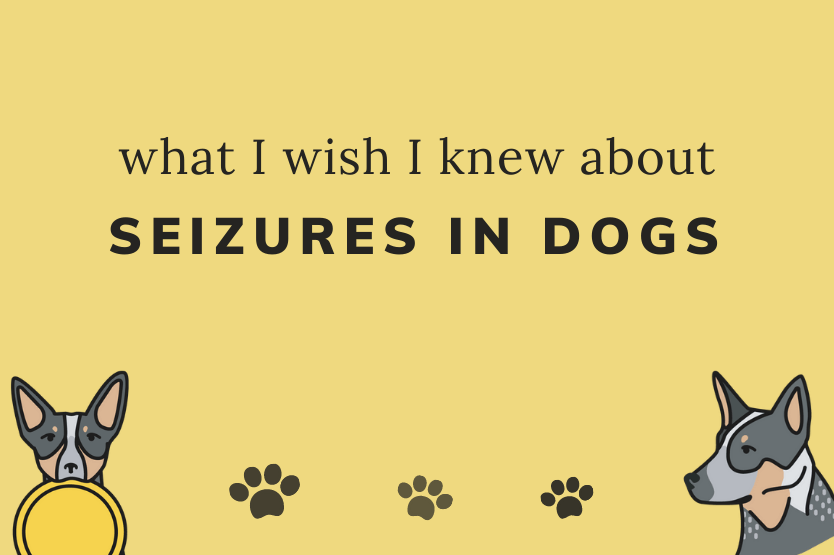What I wish I knew about seizures in dogs
One of the most surprising things about Scout’s seizures was realizing how common they can be. I had never really seen or thought about canine epilepsy before her episodes. While I’m thankful I didn’t have to, I also wish I’d been more prepared.
Here’s what I’d have liked to know about seizures in dogs beforehand.
* Before I dive in, my forever disclaimer: The same way I am not a professional dog trainer, I am also not a vet. I’m happy to share our personal learning and approach—but if you have any specific concerns about your own companion or are thinking of changing up their treatment or lifestyle, I encourage you to talk directly with your clinic and make those decisions as a team!
TLDR Version
The below Instagram carousel sums up a high level of what I’ve learned. It was posted after Scout’s second seizure and before her following episodes (you can read all the up-to-date details of our personal experience with idiopathic epilepsy in this article) but otherwise the content is still ac…
Keep reading with a 7-day free trial
Subscribe to Paws and Reflect to keep reading this post and get 7 days of free access to the full post archives.





